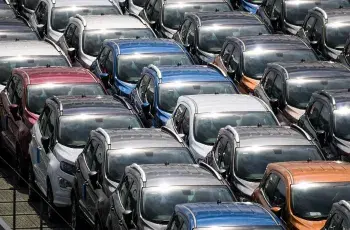
sprel.tech is a technology company focused on innovative solutions for the auto transport industry. With their expertise in creating advanced logistics and transportation management tools, sprel.tech offers products designed to streamline operations for auto transport brokers...





